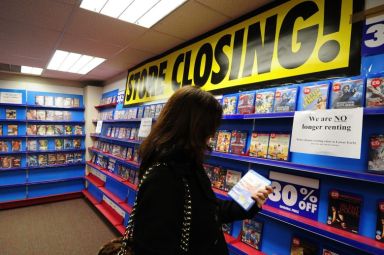 I visited what’s probably just about the last surviving video store in Auckland the other day. It won’t be there for long, as it’s shutting its doors December 31 and was having a massive clearing-house sale.
I visited what’s probably just about the last surviving video store in Auckland the other day. It won’t be there for long, as it’s shutting its doors December 31 and was having a massive clearing-house sale.
The internet and digital media have knocked around book stores and music stores relentlessly, but some are still hanging in there. But the humble video store has been systematically annihilated in the last decade or so. I’ve lost track of how many ‘closing down’ video stores I’ve seen in Auckland in the relatively short time since Netflix finally launched streaming in New Zealand in March 2015. We were a few years behind the US, but the doom came calling here.
Hey, I get it. I stream, too, but there’s an awful, awful lot of film history you can only find on home video. Also, I own it, and don’t have to suffer the whims of some corporation that decides to drop titles from their catalog at random.
 The groovy Videon in Mount Eden, Auckland was never my regular video store – I lived too far away from it – but it was a part of my family’s lives, and it was the kind of classic, curated and smart video store that film nuts loved – carefully organised by directors, countries and detailed sub-sections, with an extensive selection that blows away anything on streaming when it comes to film history.
The groovy Videon in Mount Eden, Auckland was never my regular video store – I lived too far away from it – but it was a part of my family’s lives, and it was the kind of classic, curated and smart video store that film nuts loved – carefully organised by directors, countries and detailed sub-sections, with an extensive selection that blows away anything on streaming when it comes to film history.
I scooped up rare treasures like Tod Browning’s creepy classic 1932 “Freaks,” rare Robert Altman movies from the 1970s, and more, and I thought once again about how while streaming has its up side, its big down side is that movies from before 1990 or so barely exist. Little NZ doesn’t even have the smaller niche streaming services that the US does, so for us it’s Netflix and a few other competitors, and that’s it.
I worked at a video store part-time in California almost 20 years ago now, in that brief era when they felt like the centre of the entertainment universe. DVDs were barely a thing yet and battered VHS tapes ruled the land. This store even had a back room full of obsolete Beta tapes. Even now any time I see movies of that time like “Blade,” “A Bug’s Life,” “Pleasantville” and “Ronin” I can picture their cardboard boxes lining a shelf, the greasy plastic cases holding the tapes piled up high at the rental return counter each morning.
 Video stores, while they lasted, provided a sense of community that staring at your laptop while scrolling through likes on your phone really doesn’t. Going out to ‘rent a video’ meant interacting a bit more than pushing a button. Sure, they could often be understocked or over-corporate or full of trash and porn, but still, the very best of the video stores, when they flickered through their brief life span, were a wonder.
Video stores, while they lasted, provided a sense of community that staring at your laptop while scrolling through likes on your phone really doesn’t. Going out to ‘rent a video’ meant interacting a bit more than pushing a button. Sure, they could often be understocked or over-corporate or full of trash and porn, but still, the very best of the video stores, when they flickered through their brief life span, were a wonder.
I kind of feel like this weekend’s big DVD clearance sale might well be the last video store I ever go into in my lifetime. I filled my arms with zombie horror and ‘40s melodrama and Orson Welles and Werner Herzog and bid one last farewell to an era.
Roll credits.
 I’ve been on a Robert Altman kick these last few months, working through the late director’s diverse body of work. I watched what many consider his masterpiece, 1975’s Nashville, for the first time in years, and it’s surprising how relevant a 43-year-old movie about life in America still feels today.
I’ve been on a Robert Altman kick these last few months, working through the late director’s diverse body of work. I watched what many consider his masterpiece, 1975’s Nashville, for the first time in years, and it’s surprising how relevant a 43-year-old movie about life in America still feels today.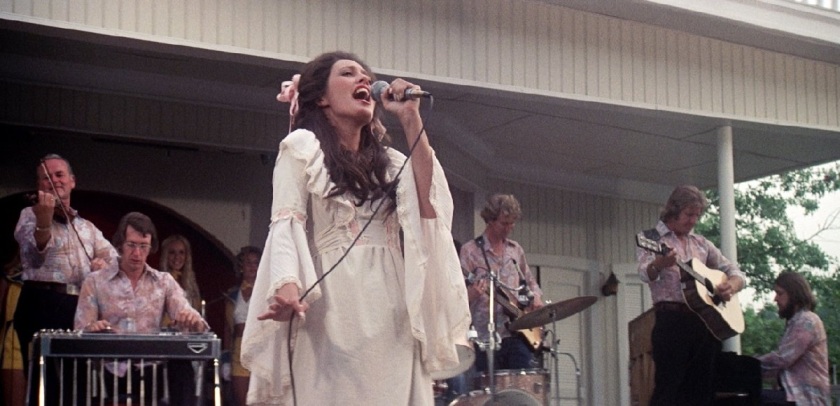

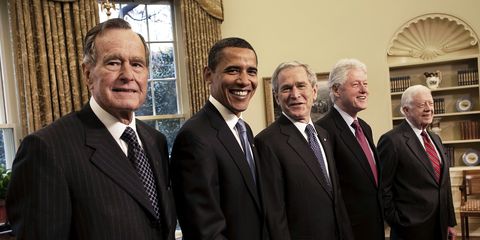
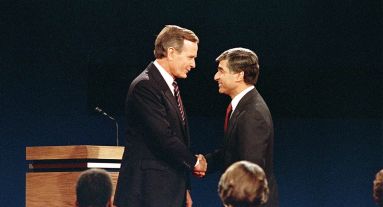

 These days, it feels like there’s nothing more revolutionary than being sincere, than just being a man, alone, on stage with a guitar and a message.
These days, it feels like there’s nothing more revolutionary than being sincere, than just being a man, alone, on stage with a guitar and a message.



 My first real deep dive into Stan Lee’s own writing came when Marvel Tales, a reprint mag, began running the original Lee/Steve Ditko issues of Amazing Spider-Man from the beginning in 1982. I’d never read them before, and while my pre-teen eyes took a while to get used to Ditko’s more primitive-feeling artwork, I was sucked in to the stories as Spider-Man fought Dr. Doom! Met the Lizard! Battled Doctor Octopus and the Living Brain! Reading these marvellous tales, I realised what all the fuss about “Stan Lee Presents” was really about.
My first real deep dive into Stan Lee’s own writing came when Marvel Tales, a reprint mag, began running the original Lee/Steve Ditko issues of Amazing Spider-Man from the beginning in 1982. I’d never read them before, and while my pre-teen eyes took a while to get used to Ditko’s more primitive-feeling artwork, I was sucked in to the stories as Spider-Man fought Dr. Doom! Met the Lizard! Battled Doctor Octopus and the Living Brain! Reading these marvellous tales, I realised what all the fuss about “Stan Lee Presents” was really about. If you want to really examine the seismic effect Stan Lee had on comic book storytelling, read one of DC Comics’ musty early Justice League of America issues from around the same time the Fantastic Four launched. While they’re charming enough, the stiff, military-precise characters are interchangeable and conflict is nonexistent. They fight crime with a smile and brisk efficiency.
If you want to really examine the seismic effect Stan Lee had on comic book storytelling, read one of DC Comics’ musty early Justice League of America issues from around the same time the Fantastic Four launched. While they’re charming enough, the stiff, military-precise characters are interchangeable and conflict is nonexistent. They fight crime with a smile and brisk efficiency.
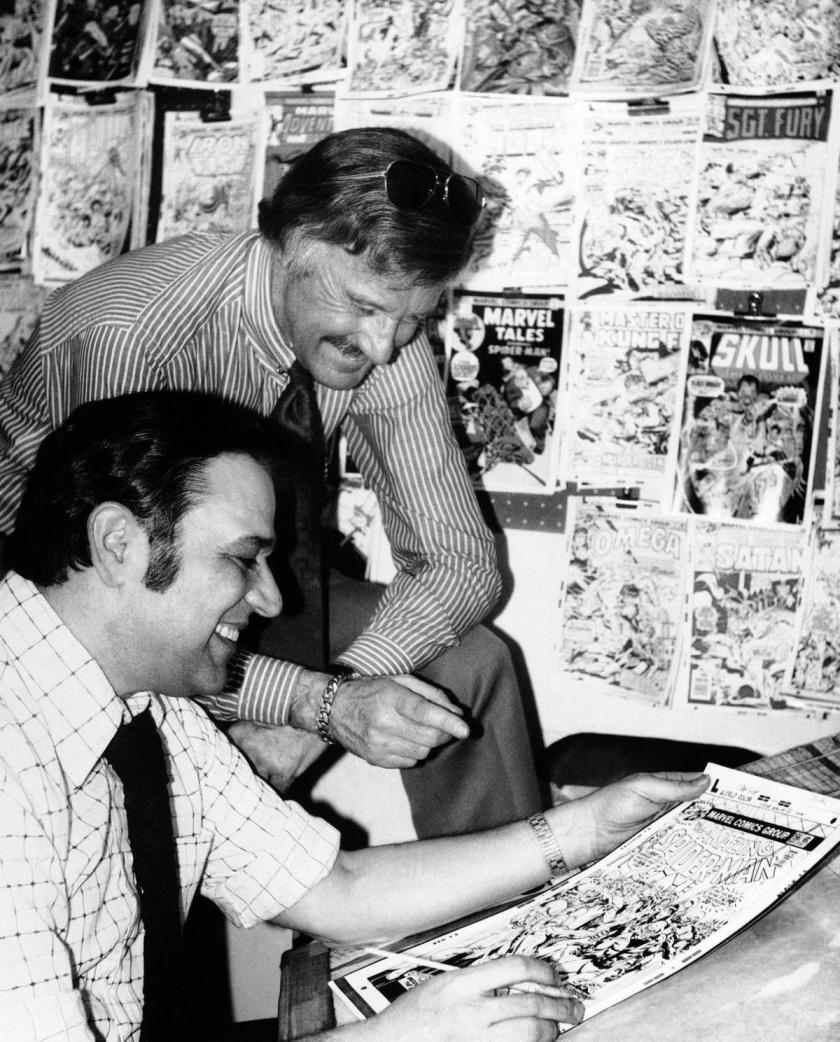




 A dead man, delivering a horrifying message as his body crumbles away into the shadows. Zombie-like homeless (featuring a never-more-creepy Alice Cooper) converging upon the church menacingly. Static-filled transmissions from a bleak future beamed directly into dreams. Glimpses into a murky mirror world behind ours that culminate in one of the most disturbing images of any film.
A dead man, delivering a horrifying message as his body crumbles away into the shadows. Zombie-like homeless (featuring a never-more-creepy Alice Cooper) converging upon the church menacingly. Static-filled transmissions from a bleak future beamed directly into dreams. Glimpses into a murky mirror world behind ours that culminate in one of the most disturbing images of any film.



